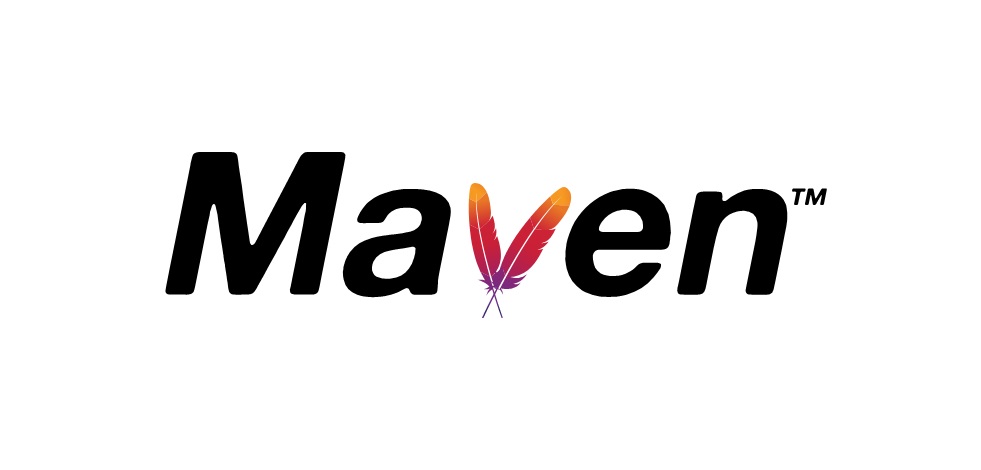Efficient Java project management with Maven
Published

What is Java Maven?
Java Maven is a build management tool that is widely used in Java development. It automates the build process by managing dependencies and standardizing the build process. Maven is an open source tool developed by the Apache Software Foundation.
If you want to refresh or even expand your Java knowledge, we recommend Skillshare as a learning platform.
| Function | Description |
|---|---|
| Project management | Maven enables the efficient management of Java projects, including the creation, testing, packaging and distribution of artifacts. |
| Dependency management | Maven provides powerful dependency management to integrate and automatically download external libraries and frameworks into projects. |
| Automation of build processes | Maven automates build processes by defining build lifecycles and phases, simplifying compilation, testing and artifact creation. |
| Conventions and structure | Maven uses standardized directory structures and conventions for organizing source code, resources and artifacts, which promotes consistency and readability. |
| Test automation | Maven enables the integration of test frameworks such as JUnit and TestNG to run automated tests as part of the build process. |
| Reporting and documentation | Maven automatically generates reports on the build process, test results and code quality metrics. User-defined documentation can also be created. |
| Integration mit Repository-Managern | Maven supports seamless integration with repository managers such as Nexus or Artifactory to manage and distribute artifacts. |
| Advanced configuration and customization | Maven offers extensive configuration to meet user-defined requirements and customize specific build workflows. |
| Support for plugins and extensions | Maven enables the use of plugins and extensions to implement additional functions and integrations. |
| Integration in development environments | Maven can be seamlessly integrated into various development environments such as Eclipse, IntelliJ IDEA and NetBeans. |
Advantages of Java Maven
- Automation of the build process
- Management of dependencies
- Standardization of the build process
- Reusability of code
- Support for Continuous Integration
Disadvantages of Java Maven
- Steep learning curve
- Complexity
- Slow build speed
Installation of Java Maven
Prerequisites
To install Java Maven, you need a Java Development Kit (JDK) version 1.7 or higher.
Download und Installation
Java Maven can be downloaded from the official website. After downloading, the archive must be unpacked. The PATH environment variable must then be set in order to access the Maven directory.
Verification of the installation
To check whether the installation was successful, the command "mvn -version" can be executed in the command line. If the installation was successful, the version of Maven is displayed.
Creation of a Maven project
Project structure
A Maven project has a specific structure that is automatically created by Maven. The structure includes the project directory, the source code directory, the resource directory and the test directory.
POM file
The POM file (Project Object Model) is the heart of a Maven project. It contains information about the project, such as dependencies, plugins and build configurations.
Creation of dependencies
Maven makes it possible to manage dependencies to other libraries. Dependencies can be defined in the POM file and Maven automatically downloads them and adds them to the build process.
Use of Maven commands
Maven offers a variety of commands that can be executed on the command line. Here are some of the most common commands:
mvn clean
The "mvn clean" command deletes all generated files in the target directory.
mvn compile
The "mvn compile" command compiles the source code of the project.
mvn test
The "mvn test" command executes all tests in the test directory.
mvn package
The "mvn package" command creates an executable JAR or WAR archive of the project.
Integration of Maven in IDEs
Maven can be integrated into various integrated development environments (IDEs) such as Eclipse, IntelliJ IDEA and NetBeans. The integration makes it possible to create and manage Maven projects directly in the IDE.
Eclipse
Maven can be integrated into Eclipse via the "m2e" plugin. The plugin makes it possible to create and manage Maven projects directly in Eclipse.
IntelliJ IDEA
Maven is integrated into IntelliJ IDEA by default. Maven projects can be created and managed directly in IntelliJ IDEA.
NetBeans
Maven can be integrated into NetBeans via the "NetBeans Maven Integration" plugin. The plugin makes it possible to create and manage Maven projects directly in NetBeans.
Creation of Maven plugins
Definition of plugins
Maven plugins are extensions that can extend or customize the build process. Plugins can be defined in the POM file.
Creation of plugins
Maven plugins can be created in Java or in another language that can be executed on the Java Virtual Machine (JVM). The creation of plugins requires knowledge of Java programming.
Use of plugins
Plugins can be defined in the POM file and are automatically integrated into the build process. There are a variety of plugins that can be used for different purposes, such as creating documentation or executing tests.
Use of Maven in Continuous Integration
Maven can be integrated into continuous integration tools such as Jenkins, Bamboo and Travis CI. The integration makes it possible to build and test Maven projects automatically.
Jenkins
In Jenkins Maven can be integrated via the "Maven Integration plugin". The plugin makes it possible to build and test Maven projects automatically.
Bamboo
Maven can be integrated into Bamboo via the "Maven Task" plugin. The plugin makes it possible to build and test Maven projects automatically.
Travis CI
Maven can be integrated into Travis CI via the configuration file ".travis.yml". The configuration file makes it possible to build and test Maven projects automatically.








